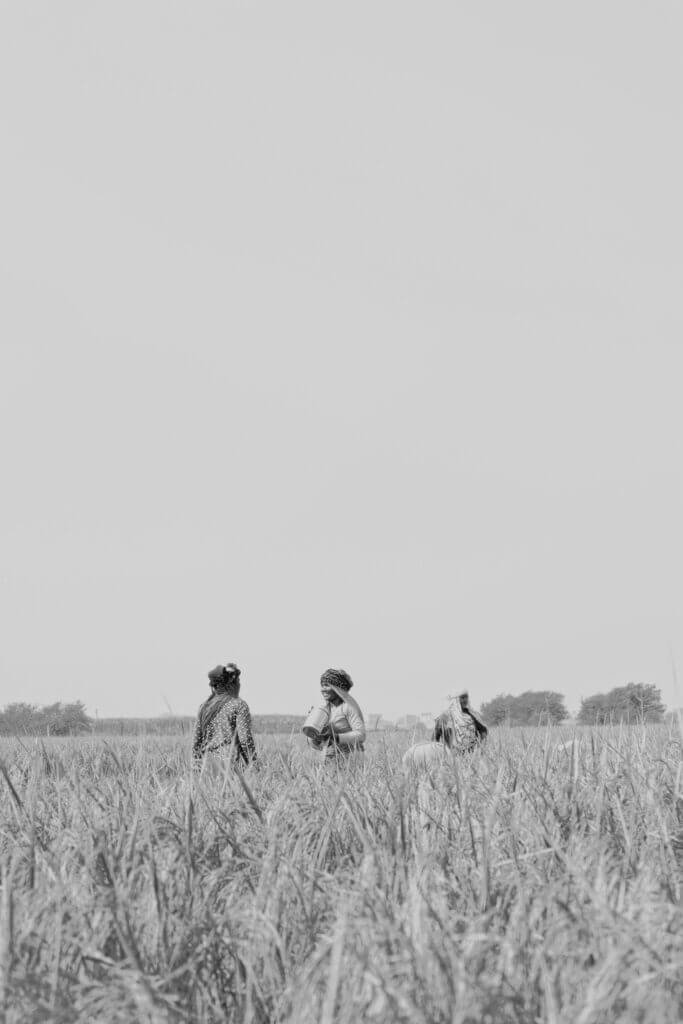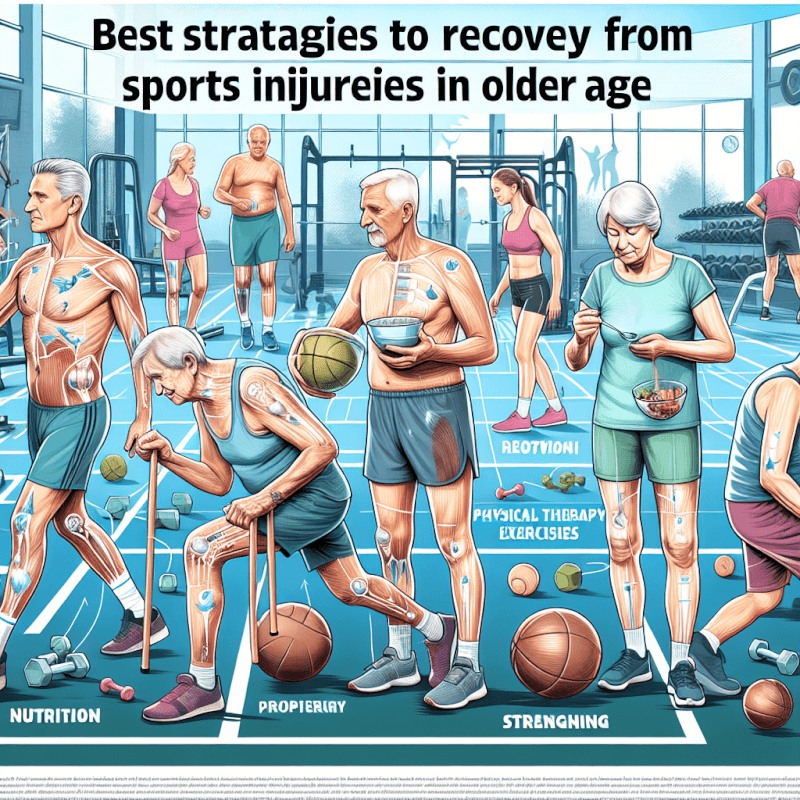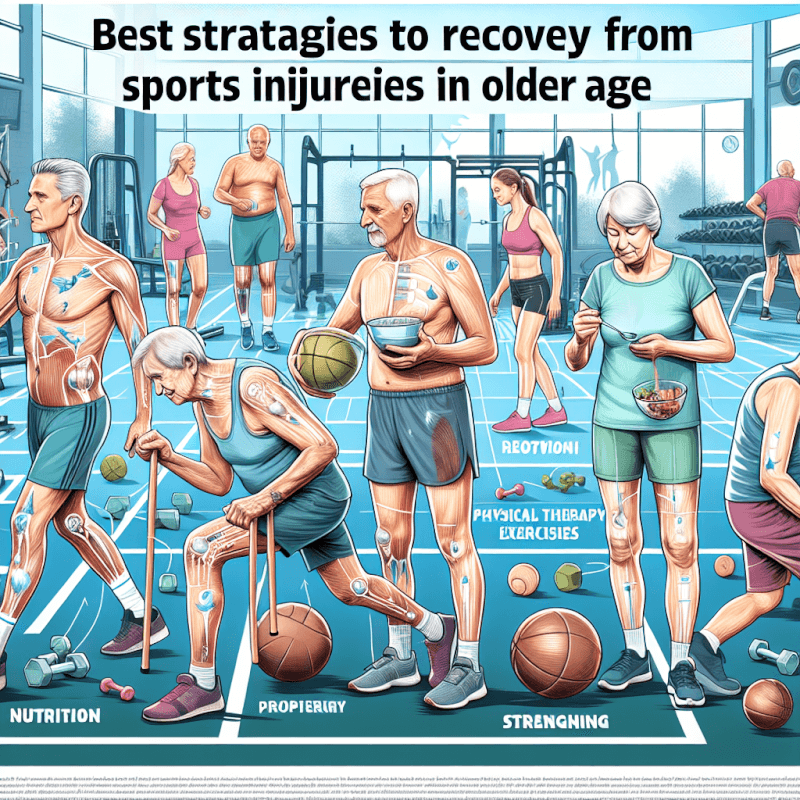If you’re an older individual who loves playing sports but has recently sustained an injury, you may be wondering about the best strategies to recover and get back on your feet. It’s no secret that our bodies change as we age, and recovering from sports injuries becomes a different ball game altogether. In this article, we will explore some effective strategies specifically tailored for older individuals to help you recover from sports injuries and get back in the game. So let’s dive in and discover how you can reclaim your sporty lifestyle!

Understand the Injury
Recovering from a sports injury can be a challenging task, especially as you get older. It’s important to start the recovery process by first understanding the nature and extent of your injury. To do this, it is crucial to consult with a healthcare professional who specializes in sports injuries. They will be able to provide you with a thorough diagnosis, which will help guide your recovery journey. By understanding the specific details of your injury, you can develop an appropriate treatment plan that caters to your unique needs.
RICE Method
The RICE method is a widely recognized and effective approach for managing sports injuries. RICE stands for Rest, Ice, Compression, and Elevation. Resting the injured area is crucial to allow the body time to heal. Applying ice can help reduce swelling and alleviate pain. Compression, such as using an elastic bandage, helps control swelling and provides support. Elevating the injured area above the level of your heart helps reduce swelling and promotes healing. By following the RICE method, you can provide the necessary care and support to your injured body part.

Pain Management
Dealing with pain is an integral part of the recovery process. There are various strategies you can employ to manage pain effectively. Over-the-counter pain medications, such as acetaminophen or ibuprofen, can provide temporary relief. In some cases, your healthcare provider may prescribe stronger pain medications to manage severe pain. However, it’s important to note that pain medications should be used under the guidance of a healthcare professional. Additionally, non-pharmacological pain management techniques, such as physical therapy, massage, acupuncture, or mindfulness exercises, can also help alleviate pain and promote healing.
Physical Therapy
Physical therapy plays a crucial role in the recovery process for sports injuries. A physical therapist is a trained professional who specializes in rehabilitating sports-related injuries. Consulting with a physical therapist is essential to develop a personalized rehabilitation program tailored to your specific needs. This program may include targeted exercises, stretches, and the use of modalities such as heat or ultrasound to promote healing and improve flexibility. By working closely with a physical therapist, you can maximize your recovery potential and regain your mobility and strength.

Gradual Return to Activity
Returning to your normal level of activity after a sports injury should be done gradually and with caution. Starting with low-impact exercises, such as walking or swimming, can help rebuild strength and flexibility without putting too much stress on the injured area. As your body adapts and heals, you can progressively increase the intensity and duration of your workouts. However, it’s important to listen to your body throughout this process and avoid pushing yourself too hard. Taking breaks when needed and allowing for adequate rest and recovery is essential to prevent re-injury.
Nutrition and Hydration
Proper nutrition and hydration are vital components of the recovery process. A well-balanced diet that includes a variety of fruits, vegetables, lean proteins, whole grains, and healthy fats can provide the necessary nutrients to support healing. Adequate protein intake is particularly important for tissue repair and muscle recovery. Additionally, staying properly hydrated by drinking enough water throughout the day helps facilitate the transport of nutrients and oxygen to the injured area. By nourishing your body properly, you can enhance the recovery process and optimize your overall health.

Proper Sleep and Rest
Getting sufficient sleep and allowing for proper rest are often underestimated but crucial aspects of the recovery process. Sleep is a time when your body can focus on healing and repairing damaged tissues. Aim for seven to nine hours of quality sleep each night to support your body’s recovery efforts. It’s also important to avoid overexertion and incorporate rest days into your routine. Overtraining or pushing yourself too hard can hinder the healing process and increase the risk of re-injury. Prioritize rest and recovery as an integral part of your overall recovery strategy.
Supportive Gear and Equipment
Using supportive gear and equipment can provide added protection and stability during the recovery process. Braces, splints, or support taping can help stabilize and protect the injured area during physical activity. It’s important to consult with your healthcare professional or physical therapist to determine the most appropriate type of support for your specific injury. Furthermore, wearing appropriate footwear that provides the necessary cushioning and support can help prevent additional strain on the injured area. By using supportive gear and equipment, you can minimize the risk of re-injury and facilitate the healing process.

Avoiding Re-injury
Once you have recovered from a sports injury, it’s crucial to take preventive measures to avoid re-injury. Following proper warm-up and cool-down routines before and after physical activity helps prepare your body and reduce the risk of strain or sudden movements. Gradually increasing the intensity of your exercises over time allows your body to adapt and become stronger without putting too much stress on the injured area. Additionally, it’s essential to listen to your body and recognize any warning signs of overexertion. Pushing yourself too hard can lead to re-injury and delay the recovery process.
Psychological Well-being
Physical recovery is not the only aspect to consider when healing from a sports injury. Your psychological well-being plays a vital role in the overall recovery process. Maintaining a positive mindset can help you stay motivated and resilient during challenging times. If you find yourself struggling with the emotional impact of your injury, don’t hesitate to seek counseling or therapy. Professional support can provide you with tools to manage stress, anxiety, and any negative emotions that may arise during your recovery journey. Additionally, finding support from friends, family, or support groups can help you stay connected and encouraged throughout the process.
Recovering from sports injuries in older age may require a bit more time and effort, but with the right strategies and mindset, you can overcome the challenges and regain your active lifestyle. By understanding your injury, following the RICE method, managing pain, engaging in physical therapy, gradually returning to activity, prioritizing nutrition and rest, using supportive gear, avoiding re-injury, and nurturing your psychological well-being, you can navigate the recovery process with confidence and success. Remember, your body is capable of healing, and with the right approach, you can come back stronger than ever.


